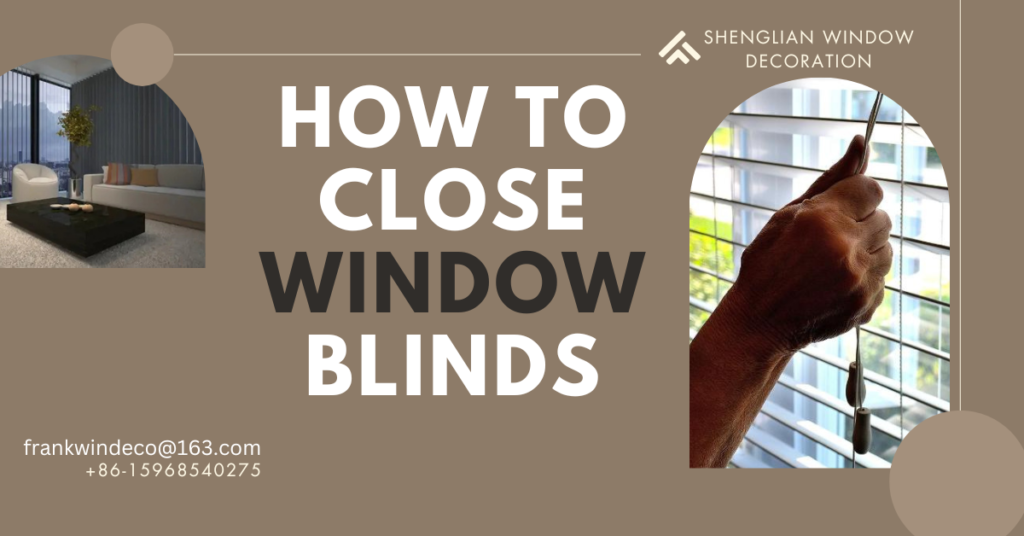Windows are among the most important parts of a house. Different types of window blinds, curtains, etc., cover them. Blinds are more popular among these window coverings because they increase a home’s beauty. These can be used to protect privacy and control the temperature of the home. They can also be used to control incoming light.
Now, properly opening and closing window blinds is important. When adjusted the right way, blinds can let in just the right amount of sunlight, reducing glare and creating a comfortable atmosphere. They also help protect furniture and floors from sun damage by blocking harsh UV rays.
Proper use of blinds also helps extend their lifespan. Pulling too hard on cords or twisting the slats incorrectly can cause damage over time, leading to misalignment or breakage. By handling them gently and using the correct method for opening and closing, you can keep them working smoothly for years. This blog will discuss different types of blinds, as well as the installation and handling of window blinds. However, the main focus will be how to close window blinds of different types. To start the blog, types of window blinds will be addressed.
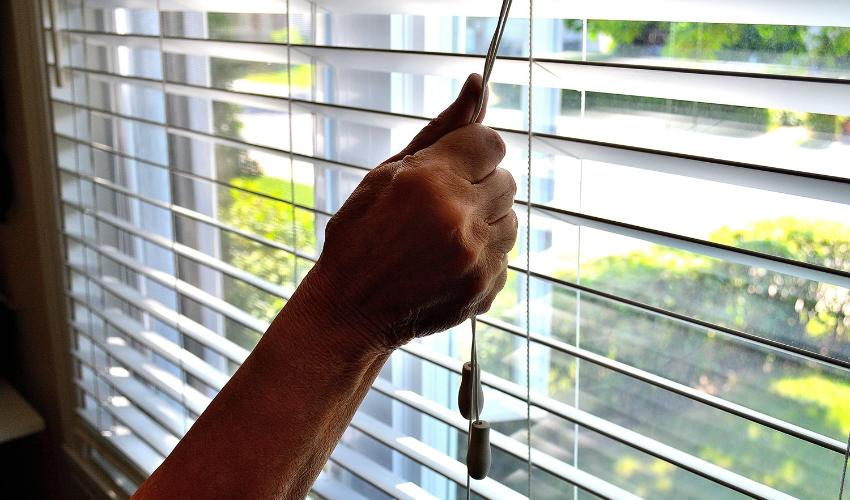
Types of Window Blinds
There are various kinds of window blinds available that serve different purposes. A few of them are discussed below:
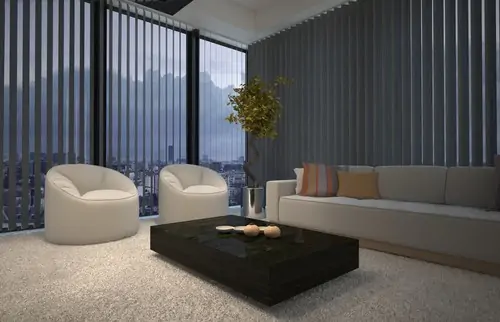
1. Vertical Window Blinds
Vertical windows are primarily used in large buildings, and vertical blinds can be used to cover the sun’s rays. These blinds can be customized according to needs and are available in different sizes, fabric types, and shades. Their mechanism consists of a metal channel with plastic runners. Fabric is attached to hangers and hangs on to runners connected with a cord. By pulling the cord, the runners move to open and close the blinds.
2. Horizontal Blinds
The most common type of window blinds are horizontal blinds. It is also called Persian blinds. It is cost-effective and increases the beauty of the home. Horizontal blinds are connected with a string that can be rotated. These blinds have low maintenance as long as they are cleaned regularly.
3. Roller Blinds
This is the most useful type of blinds used. It is suitable for all parts of the home, like the kitchen, bedroom, and living room. Made from a single piece of fabric that rolls up and down using a cord, chain, or motorized system, they provide easy light control and privacy. It consumes less fabric than curtains. The roller blinds have a low-maintenance design, which makes them easy to clean and durable, ensuring long-term use.
4. Panel Blinds
Panel blinds feature wide panels that glide easily into place with the use of a stick. Panel blinds are stylish and modern. They are an ideal choice. Panel blinds can be made of most blind materials. It comes in a wide variety of fabrics and shades. It also has the option of using dual blinds to create privacy.
5. Mini Blinds
Mini blinds are a popular and practical window covering option known for their affordability, durability, and ease of maintenance. They not only protect from heat and sunlight but also add cuteness to the home. Mini blinds are easy to install. They have thin horizontal slats, usually made of aluminum or PVC, that can be tilted to control light and privacy.
Their compact design makes them perfect for small windows, apartments, offices, and any space with a desired sleek, minimalistic look. They are often used in kitchens, bathrooms, and bedrooms, as they resist moisture and are easy to clean.
Now, let’s take a close look at how to operate these window blinds!
Step-by-step Guide for Closing Window Blinds
For various types of blinds, there are different closing mechanisms. The closing mechanisms of the above-mentioned blinds are described below:
Closing of Vertical and Horizontal Window Blinds
The closing mechanism of Vertical and Horizontal blinds is almost the same. The only is in their movement. Vertical blinds have long, vertical slats that hang from a track and move side-to-side to open and close. On the other hand, horizontal blinds have flat, horizontal slats that stack on top of each other and move up and down when adjusted.
Follow these simple steps to close these blinds:
Step 1: Locate the Control Mechanism
Most vertical blinds have either a wand (a stick that you twist) or a cord (a string or chain). The wand is usually on one side of the blinds, while the cord hangs down for easy access.
Step 2: Turn the Slats to Close
If your blinds have a wand, gently twist it until the slats rotate and close completely.
If your blinds have a cord or chain, pull it slowly to adjust the angle of the slats until they close.
Step 3: Slide the Blinds Shut
Once the slats are properly aligned and blocking light, pull the other cord or move the wand sideways to slide all the slats together. This will fully close the blinds, either stacking them to one side or meeting in the middle (depending on your blind type).
Step 4: Check for Gaps
Ensure the slats are fully closed and overlapping to block out light and maintain privacy. If needed, adjust them slightly to ensure proper alignment.
2. Closing of Roller Window Blinds
There are different mechanisms for the roller blinds. Each one is detailed below with their process of closing them properly:
Step 1: Locate the Control Mechanism
- Pull Cord or Chain – A looped chain or cord on one side of the blind.
- Spring-Loaded System – A cordless design where you pull the blind down by hand.
- Motorized Control – Operated by a remote or smart device.
Step 2: Lower the Blinds
- For Cord or Chain Mechanism: Gently pull the cord or chain downward in one direction to unroll the blind. Keep pulling until the blind reaches the desired position.
- For Spring-Loaded Blinds: Grab the bottom of the blind and pull it straight down until it reaches the bottom of the window. Release it gently to let it lock in place.
- For Motorized Blinds: Use the remote control or wall switch to lower the blind to the desired level.
Step 3: Ensure a Smooth Closure
Once fully closed, check that the fabric is evenly rolled down and covers the window completely. Adjust if needed to avoid wrinkles or uneven rolling.
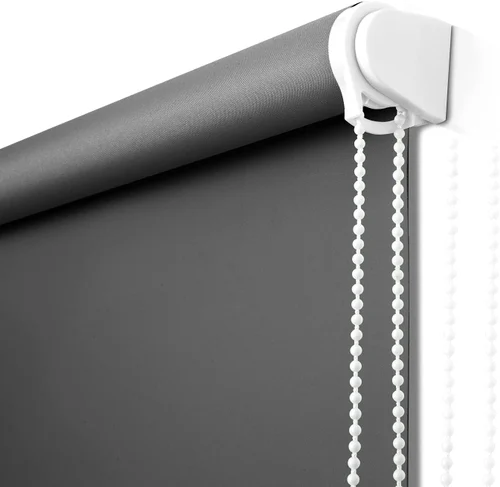
3. Closing of Sunscreen Blinds
Sunscreen blinds are designed to reduce glare and heat while maintaining an outside view. Follow these steps to close them properly:
Step 1: Identify the Control Mechanism
Sunscreen blinds usually have a chain or cod system, spring-loaded (cordless) system, or motorized control. In a chain system, there is a looped chain or cord on one side of the blind, while in a spring-loaded system, there is a manual pull-down design. A motorized control system can be operated via a remote or smart home system.
Step 2: Lower the Blinds
Pull the chain or cord in one direction to lower the blinds smoothly for Chain or Cord Blinds. Stop when you reach the desired position. For Spring-Loaded Blinds, you have to gently pull down on the bottom rail and let the blinds roll down to cover the window. Release carefully to lock in place.
Lastly, for Motorized Blinds, you can use the remote control or a smart device to lower the blinds effortlessly.
Step 3: Adjust for Full Coverage
Once the blinds are lowered, ensure they are evenly positioned to provide maximum sun protection while maintaining your view. Adjust slightly if necessary.
Now your sunscreen blinds are closed, offering UV protection, heat reduction, and a comfortable indoor environment!
Fixing Some Common Issues for Closing Window Blinds
Here are a few common issues you might encounter when trying to close your blinds, along with solutions to fix them:
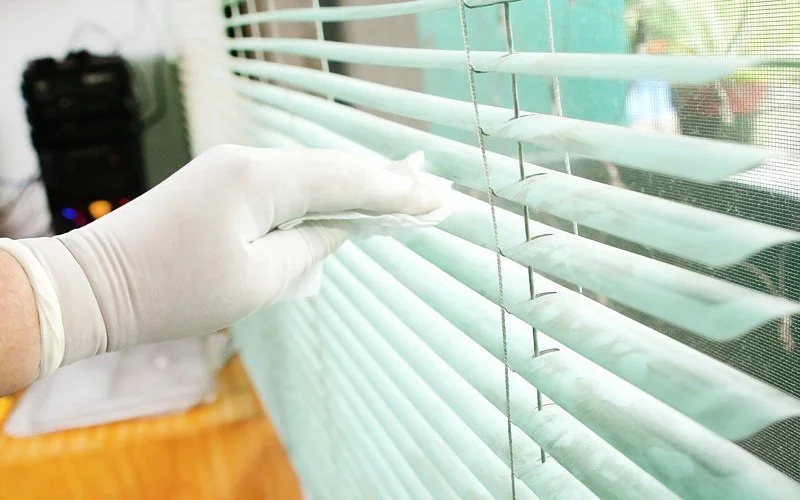
- Suppose the blinds are not opening or closing properly. This may be due to dust buildup between the slats.
- Sometimes, the slats may not close completely, leaving gaps that let in light. This is usually due to misalignment or wear and tear.
- For corded blinds, check if the cord is tangled or stuck. Untangle it and try pulling it again. For spring-loaded or cordless blinds, make sure nothing is blocking the mechanism, and gently pull the bottom rail to release it.
Wrapping it Up!
In conclusion, these are different types of blinds, and properly closing your window blinds is key to maintaining privacy, controlling light, and creating a comfortable environment in your home. Whether you have vertical, horizontal, roller, honeycomb, or panel blinds, each type has a simple closing method, such as pulling cords, tilting slats, or sliding panels.
By understanding the specific technique for your blinds, you can ensure they close smoothly and effectively every time. Taking care of your blinds helps preserve their functionality and enhances the overall look and feel of your space.

